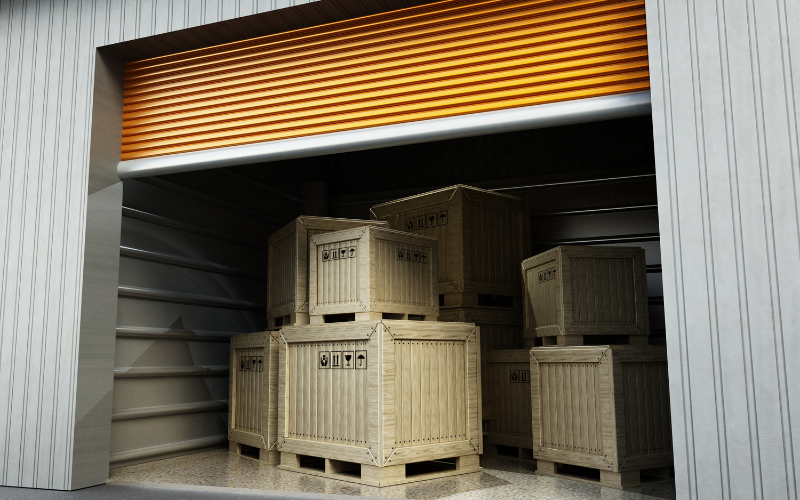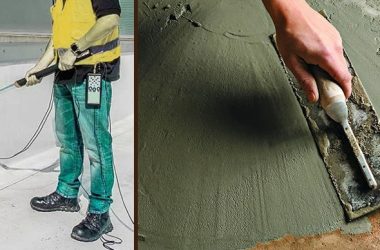Finding the right strategy for furniture storage in a short-term storage unit can make all the difference in maximising limited space. Efficient organisation and packing techniques help store belongings without overcrowding, making it easier to access items when needed. Here are practical tips on maximising furniture storage space in short-term storage units in Singapore.
Choose the Right Storage Unit Size
Selecting a unit that fits your storage needs is the first step. Assess the items you plan to store, significantly larger furniture pieces, and estimate the required space. A storage unit that is slightly larger than the exact measurements of your items allows flexibility for stacking and creating paths for easy access. In Singapore, short-term storage units come in various sizes, so choosing the right fit ensures efficient space usage without leaving too much-unused room.
Disassemble Large Furniture Pieces
One of the simplest ways to create more space in your storage unit is by disassembling large furniture items. For example, removing legs from tables, disassembling bed frames, and taking apart shelves can significantly reduce their occupied volume. By packing the dismantled parts together and storing them upright, you save floor space and gain more room for other items. This strategy is especially effective for maximising furniture storage in a compact storage unit.
Use Vertical Space Wisely
Many storage units have high ceilings, and using this vertical space can be highly beneficial. Stackable storage boxes or shelving units allow you to place smaller items on each other, saving valuable floor space for more oversized furniture—position heavier items at the bottom and lighter items on top for added stability and ease of access. Utilising vertical space is a strategic approach for maximising storage capacity and creating a tidy, organised unit.
Protect Furniture with Space-Saving Covers
When storing furniture, it is essential to protect it from dust and scratches. Instead of bulky blankets or bubble wrap, consider using thin, stretchable plastic covers that shield the furniture without taking up extra space. Vacuum-sealed bags are ideal for cushions, bedding, and other soft items as they reduce their size and make stacking easier. These space-saving covers help maintain the condition of your furniture without compromising on storage space.
Group Items by Usage and Accessibility
Organising items based on their frequency of use can make accessing your furniture storage more manageable. Place items you may need soon towards the front of the unit, while infrequently used items can go towards the back. For instance, if you need to retrieve specific furniture pieces shortly, arrange them to minimise the hassle of moving other items around. This simple approach optimises accessibility and keeps the storage experience efficient and frustration-free.
Pack Smaller Items into Furniture Hollow Spaces
Use the hollow furniture sections to store smaller items to make the most out of every available space. For example, drawers, cabinets, and wardrobes can hold lighter items like blankets, curtains, or cushions. This conserves space within the unit and reduces the number of additional boxes required. Packing smaller items into the empty spaces of more oversized furniture is an effective technique to maximise storage efficiency in a short-term unit.
Label and Map Out Your Storage Plan
Organisation within the unit is crucial for efficient furniture storage. Label all boxes and containers clearly, detailing the contents and categorising items where possible. Creating a simple storage map indicating where specific items are stored can save you time when retrieving belongings. A well-labelled, mapped-out storage plan eliminates confusion, helping you access items quickly and keep the unit orderly.
Avoid Packing the Unit to Its Full Capacity
While filling every inch of space may be tempting, leaving some room for ventilation and accessibility is essential. Crowded units are not only challenging to navigate, but they can also damage furniture if items are squeezed too tightly. Aim to leave a small pathway within the unit to reach items at the back without moving too much around. A well-spaced storage layout ensures ease of access and helps protect your belongings.
Consider Using a Portable Storage Rack
For extra organisation, consider using a portable rack within your unit. These racks can hold boxes and lighter items, freeing up floor space for larger furniture pieces. A storage rack allows you to arrange and adjust items vertically, especially for short-term storage situations where access to particular items may be more frequent. This organisational tool is a practical addition that can help you maximise your storage unit.
Plan for Item Retrieval
Short-term storage often requires quicker access to items, making a planned layout essential. Consider which items you may need first and position them near the entrance. Storing items with retrieval in mind can save time, reduce the hassle of moving furniture around, and ensure that frequently accessed items remain within reach. This forward-thinking approach aligns with the flexible nature of short-term storage, enhancing overall convenience and functionality.
In Singapore, short-term storage units offer a flexible solution for furniture storage, and using the proper organisational techniques makes all the difference.
For more information, contact Work+Store today.







